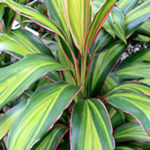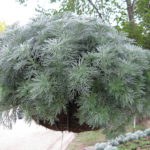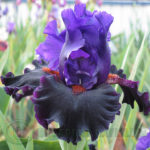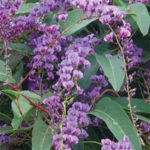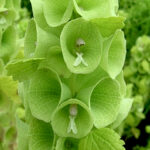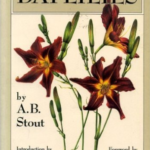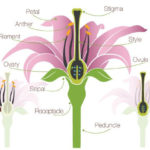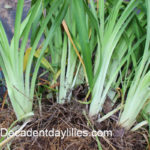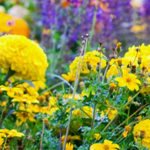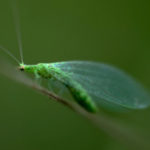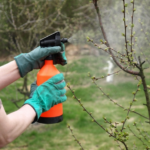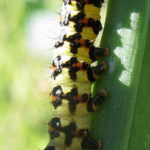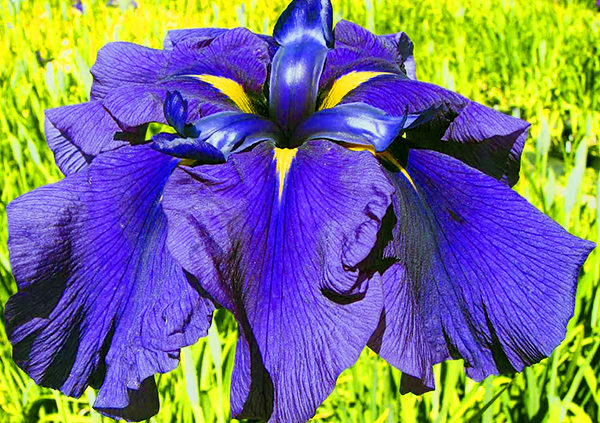
Japanese Iris Plants Total Care
Japanese Iris Information,
Japanese iris or Iris ensata is a flowering perennial with moderately simple care and maintenance requirements. These irises are usually found in Japan lining many ponds and streams. They are available in different colours including blue, white and purple. This plant is suitable for the wet and boggy spots in your garden certain times of the year. In Australia, Japanese Iris produce spectacular blooms when planted in acidic soil with the right quantity of water. The flowering time is from November to January. The attractive plants have thin and long leaves and flowers are produced on stems which come to about 90 cm in length. The flowers have different patterns and designs and have single, double or multi-petals. Some flowers are huge and elegant however, they are all beardless with short standards and the falls are heavily veined with the most impressive colouration.
Japanese Iris Growing Conditions
The best climate to grow Japanese Iris is cool or subtropical.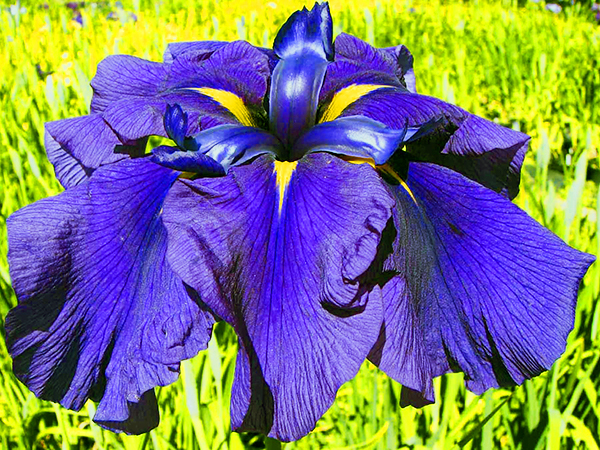
- They grow best in full sun or partly shaded areas. The plant requires 6 to 10 hours of sun to bloom better.
- They need acidic soil with pH 5.5 to 6.5 and rich in organic matter for acid soils. Do not feed them lime or blood and bone fertilisers. Suitable fertilisers are the type of fertilisers fed to Rhododendrons or Camellias.
- Watering the plant is necessary during the spring and summer.
- Though the plant requires moisture in the soil for optimum growth, they cannot tolerate excess water during winter.
The rhizome of the plant is prone to rotting during winter. Planting Japanese Iris in containers and placing them in ponds or near water features during the summer is ideal, keep the plant damp all year round but while the plant is dormant and the leaves are short
you must take the Japanese Iris plant OUT OF THE WATER DURING WINTER otherwise the plant will rot these are the ideal growing conditions. Their natural habitat is growing near water or where the water table happens to be high. The plant prefers to be grown in heavy soil like the brown or red clay and some sand mixture tossed in.
Caring of Japanese Iris
Japanese Iris care starts with, when the plant needs protection from strong winds, especially during flowering time when the flower stems are tall.
- The potted plant needs renewal of the soil after three years.
- The plant clumps can be divided every 2-3 years or the production of blooms decrease.
- The best time to divide the plant is when they are dormant from May to August.
- When the rhizome starts to produce new shoots provide complete fertiliser.
- Mulch the plants 2 to 4 inches deep this will also help suppress the weeds.
Propagation
A division of the clump is the ideal propagation method for this ornamental plant. Separate the rhizome offsets and plant them immediately. The best time to do propagation is in early autumn. The divided rhizomes should be planted at a distance of about 15 to 20 cm. Make sure that the crowns remain at the ground level. The soil on the garden bed should be loosened to a depth of at least 10 inches before planting. It is necessary to add organic matter to the soil before transplanting.
The plant can be grown by sowing seeds at a depth of 6mm in the soil during autumn or winter. Germination time extends from one month to one and a half years depending on various factors. So, propagation by division is an easier and faster method.
Pests and Diseases
The important pests that may attack the Japanese iris in Australia are the aphids, thrips, slugs and snails. Though these irises are usually pest and disease free plants, irises can be affected by bacterial diseases like leaf blight, soft rot and fungal disease leaf spot. Keeping the garden clean and removing the dead leaves and flower stems is most effective in preventing pests and diseases.
By growing all types of Irises you can have a constant display of flowers in bloom around the same time but remember the growing conditions of Japanese Iris also known as Queen of Iris are totally different from other Irises. Bearded Iris need a deep watering only once a week while the Louisiana Iris need to be grown in standing water or at least wet boggy conditions all the time.


